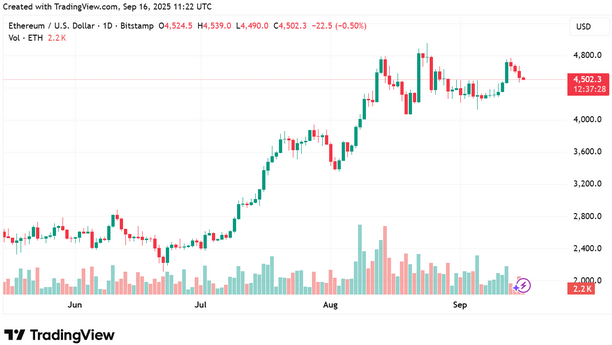Topline
Several states just along the Canadian border should have an opportunity to view the northern lights on Friday, following a series of geomagnetic storms, according to the National Oceanic and Atmospheric Administration.
Calmer auroral activity is expected through the weekend, forecasters said.
Image Rene Rossignaud/AP
Key Facts
NOAA forecast a Kp index of four on a scale of nine for Friday night, indicating the northern lights might be visible as far south as southern Minnesota along the state’s boundary with Iowa.
Friday night’s auroral forecast comes after minor geomagnetic storms earlier in the day and Thursday night, in addition to stronger storms the previous day, after high-speed winds from a cooler, less dense spot on the sun’s surface disrupted the Earth’s magnetic field.
Auroral activity is expected to be calmer through Sunday night, with a projected Kp index of just over three for Saturday and Sunday nights, according to NOAA’s three-day outlook.
Where Will The Northern Lights Be Visible?
Canada and Alaska will have a greater likelihood of viewing the northern lights once the sun sets in the state. A lesser, yet still possible chance is forecast for parts of Washington, Idaho, Montana, North Dakota, South Dakota, Wisconsin, Michigan and Maine. (See map below.)
What’s The Best Way To See The Northern Lights?
The aurora borealis is best seen in the winter months as the days grow shorter, though the phenomenon can still be visible throughout the year depending on solar activity. NOAA recommends traveling between 10 p.m. and 2 a.m. local time to a high, north-facing vantage point away from light pollution.
What’s The Best Way To Photograph The Northern Lights?
With a smartphone, NOAA suggests relying on a tripod to stabilize the image, enabling night mode and disabling flash. If using a regular camera, photography experts recommend using a wide-angle lens, an aperture or F-stop of four or less and a focus set to the furthest possible setting.
Key Background
Increased auroral activity is expected to persist into early 2026, according to NOAA and NASA. This is because the sun achieved a “solar maximum” in late 2024, which marks an increase in solar events like coronal mass ejections and solar flares as part of the sun’s 11-year cycle. These events are largely responsible for producing the northern lights, as their electrons collide with molecules of oxygen and nitrogen in the Earth’s atmosphere. This interaction causes the molecules to become “excited,” according to NOAA, allowing them to release energy in the form of colorful, swirling lights.
Further Reading
Source: https://www.forbes.com/sites/tylerroush/2025/10/03/northern-lights-forecast-these-states-might-see-aurora-borealis-tonight-after-geomagnetic-storms/


